Fiber Arts Take Over a Former Seaport Warehouse in NYC
See waterfalls of fabric, intricate threadwork, massive tapestries, and more!


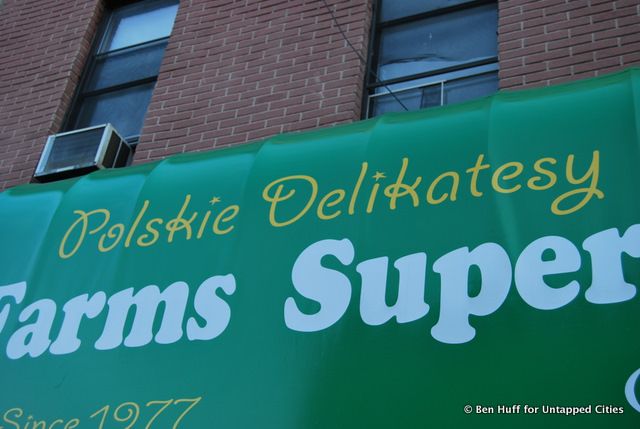
The local deli is a fixture on almost every street corner in every borough in New York City. Many of these corner markets, or bodegas as we say in New York, tailor their groceries to the local population, offering specialty items depending on where you are shopping. Today, I hope to shed light on a special type of deli in Greenpoint, Brooklyn that is the Polish Meat Market.
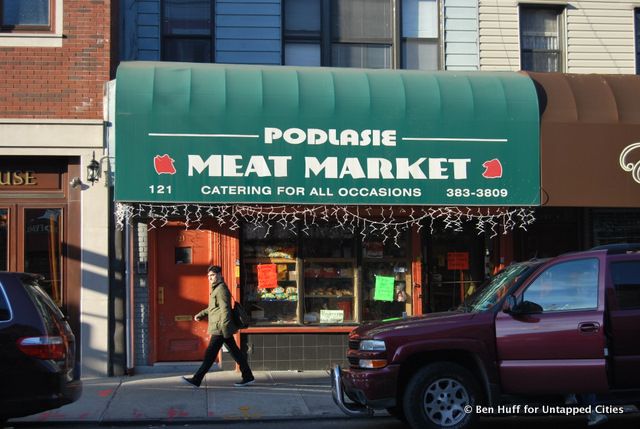
The Polish represent a small but significant ethnic population in New York City. They have a long history in urban centers, and make up a significant part of the population in both Greenpoint, Brooklyn and Maspeth, Queens. In a recent study by the Center for the Study of Brooklyn at Brooklyn College, 13.5% of the population of Community Board 1 is Polish. Since moving to Brooklyn, my roommate (fellow Untapped New York writer Charles-Antoine Perrault) and I have made frequent excursions to the Polish markets nearby to get a feel for the neighborhood and explore new food options. What started for me as a small fling has turned into an all-out love affair with Polish food.
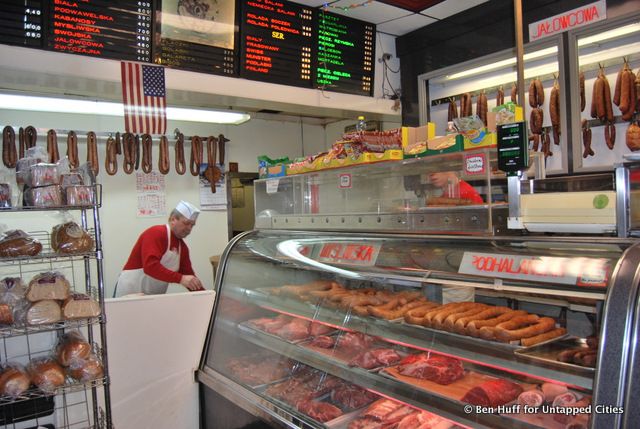
Walking amidst the neighborhood’s low-rise buildings, dense network of stores, and street level views of the Manhattan skyline, you can’t help but enjoy yourself on a Greenpoint excursion. Scattered among the commercial corridors of the neighborhood, Polish delis are neither an attraction nor an outlier, but rather a regular piece of the streetscape, an institution as important to the Polish population as the local Catholic churches. After exploring the neighborhood and starting to shopping frequently at two of these shops, an internet search turned up 8 meat markets within a stretch along Manhattan Avenue.
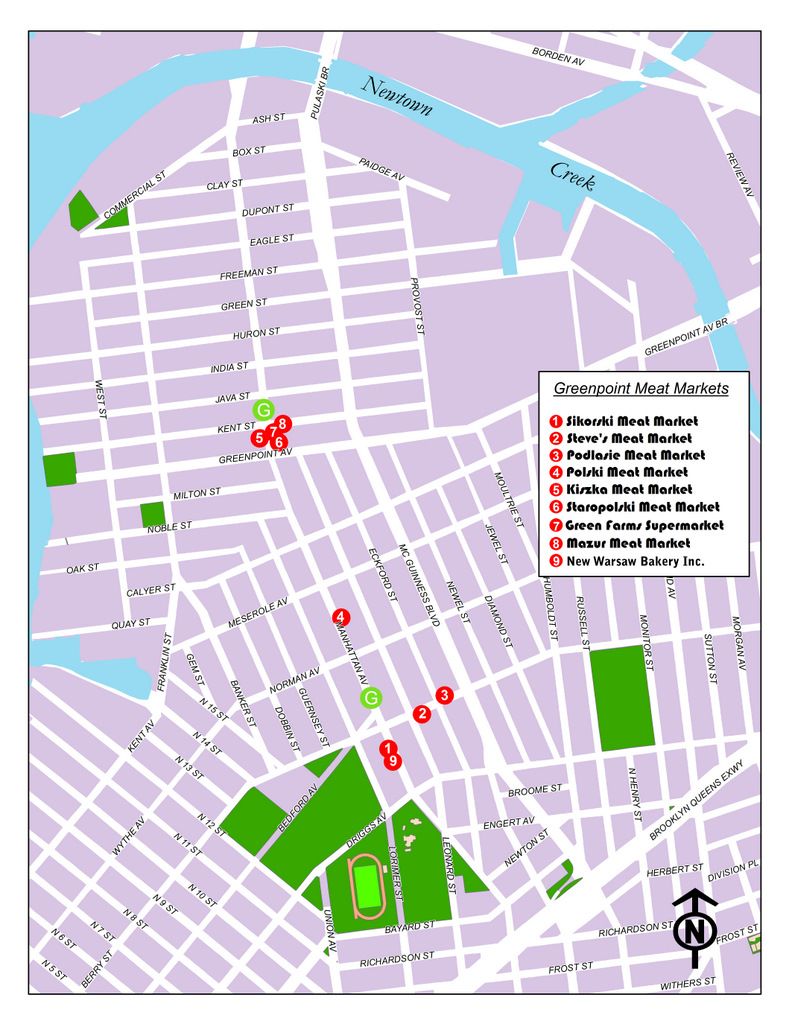 Untapped Map of Greenpoint Meat Markets, click to enlarge
Untapped Map of Greenpoint Meat Markets, click to enlarge
I feel I must warn the readers that upon first going to the Polish market, you may get nervous. Don’t get me wrong, the staff are extremely friendly, and those serving you can comfortably switch from Polish to English when they realize you can’t understand their casual conversations with other patrons. Rather I warn you that you may be intimidated by the sheer amount of meat they have available.
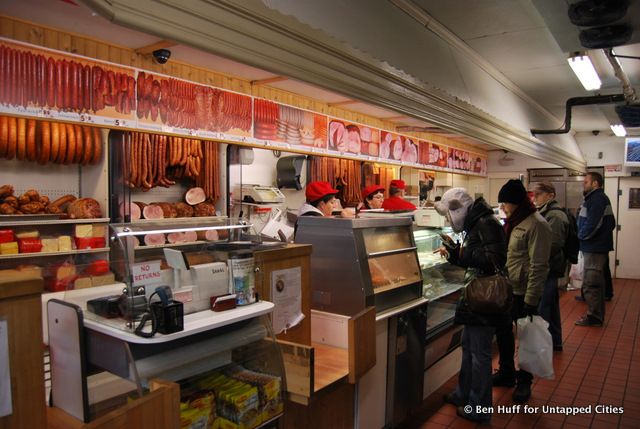
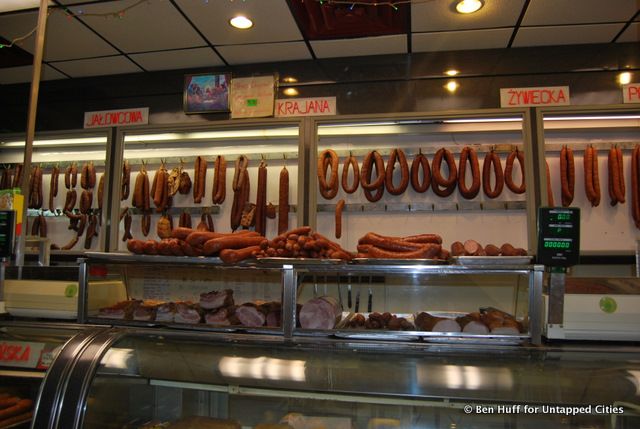
For those who consider themselves a true carnivore, prepare for the dense, smoky pork fragrance that hits you when you enter. On my first trip I decided to go simple and order some kielbasa, however I lost all shopping confidence when I realized that they offered 12 different kinds to choose from! To try and hide the fear that was showing on my face when counter man asked me to choose, I just pointed to one that looked good and asked for two links rather than butchering the name (you try pronouncing krakowska or mysliwska to a Polish guy who carves meat for a living).
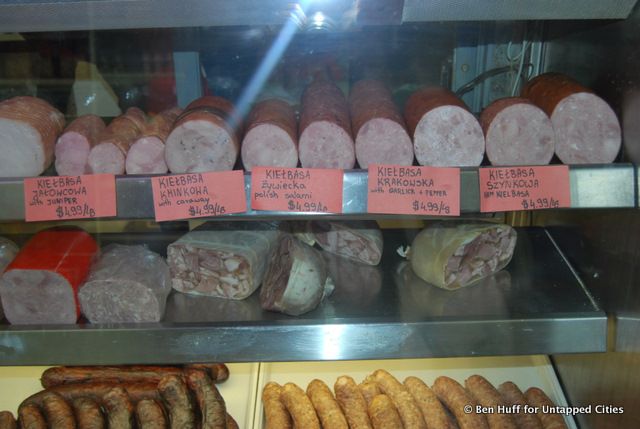
For those not even familiar with kielbasa, the name essentially means country sausage. Kielbasa can come in dozens of varieties that are often regional throughout Poland or other areas of Europe. In these markets the kielbasa can come uncooked, cooked or smoked and made from pork, bison, venison, lamb, or more. Different varieties also contain varying spices that gives the meat and amazing flavor. The type that has been adopted by American companies and marketed as Kielbasa in your typical grocery store is slightly different from the original, so I hope to point Untapped readers to where they can buy the real deal, which is totally local, totally delicious and usually cheaper than the store brands.
In addition to serving copious amounts of meat, there is also a seemingly absurd amount of Polish specialty foods that you can get, either imported from the home country or made fresh on site. These items range from important foods to pair with kielbasa, like spicy mustard and sauerkraut, to Polish style cheese and butter, beer(s), juice, vegetable oils, etc. (I could keep going). The Polish have a love for pickled vegetables, and you can get all type of pickled beets, cabbage, garlic or carrots. Most establishments have fresh prepared foods, items like pickles, salted herring, fresh donuts and all types baked and fried desserts. What you may like most about shopping here will be the price: the other week I fed three friends and myself on $11.
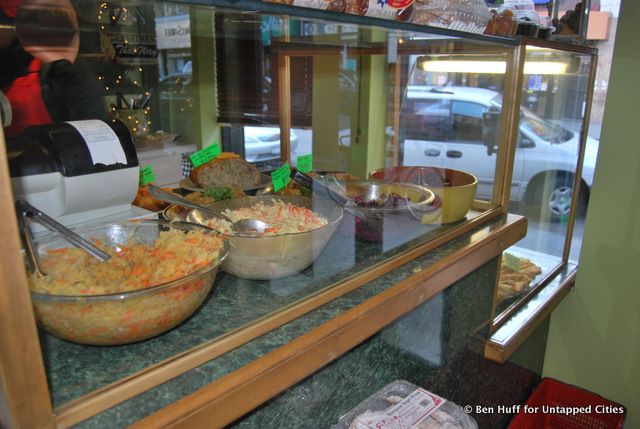
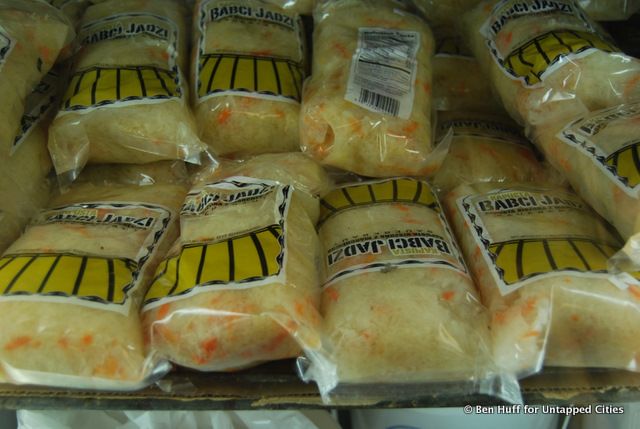
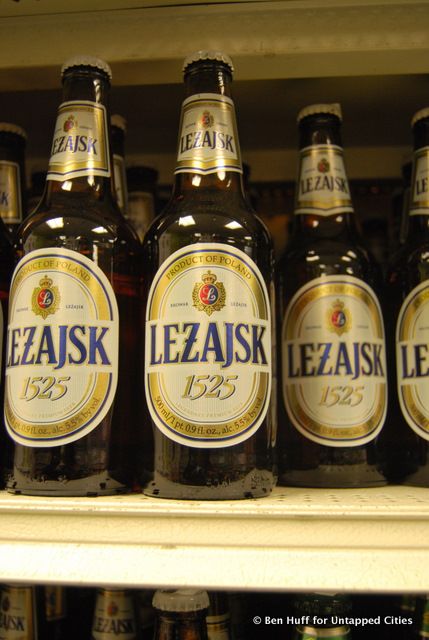
Another must at any of the Polish markets is the delicious, freshly baked and very local bread. The Polish are especially known for their ryes, but sampling all types I found them all to be extremely good. For many people who live in North Williamsburg or Greenpoint, New Warsaw Bakery on the southern end of Manhattan Avenue is a familiar sight. Anybody who walks the block between Driggs and Nassau will not be able to escape the wonderful aroma from this 24-hour working bakery. These guys seem to be the preferred supplier of the majority of the markets in the area. At Sikorski Deli, almost adjacent to the bakery, you can pick out a combination rolls or loafs, knowing that these items only had to travel a mere 50 feet to get in to the store.
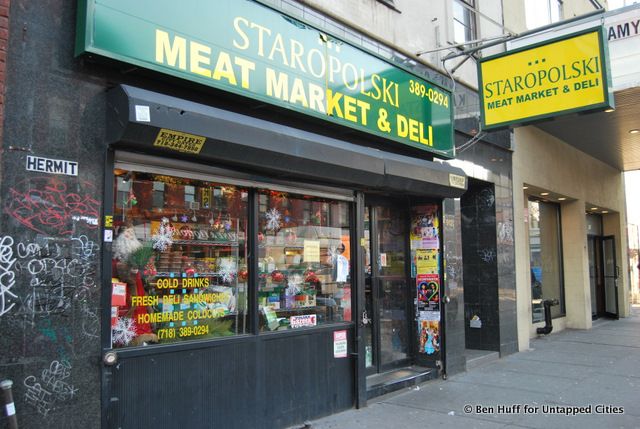
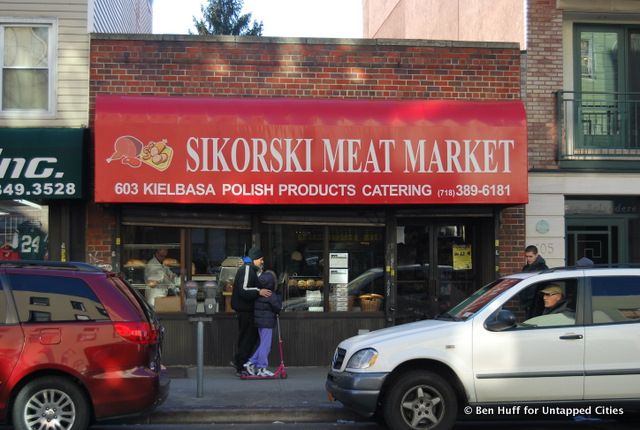
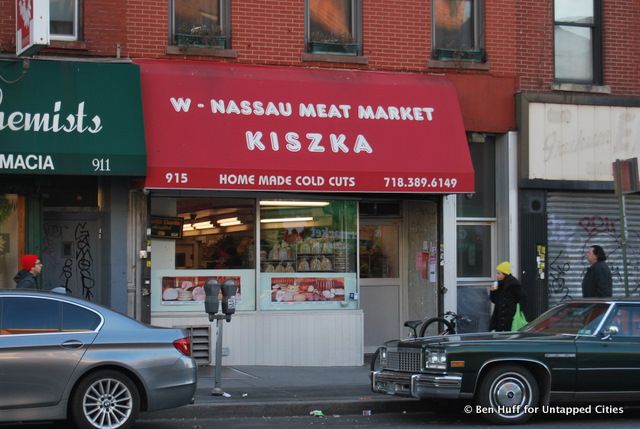
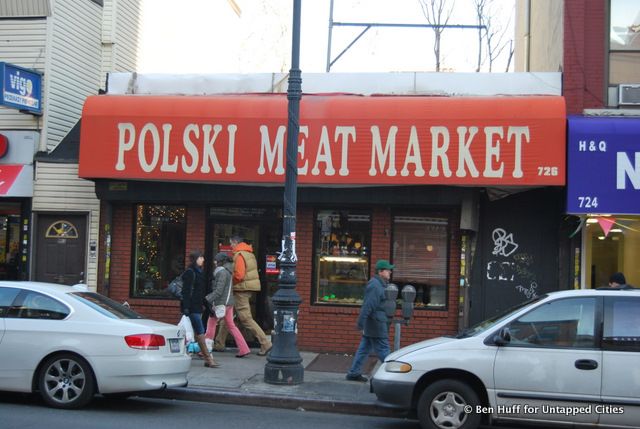
Although this may be an article based entirely on food, the Polish Meat Market represents much more than just a food establishment in Greenpoint. These stores serve as an important institution to the community, represent a connection to their homeland, and leaves an undeniable mark on the streetscape of Greenpoint. New Yorkers come to expect change in the city, but too often we hear of really unique and wonderful establishments having to pack up due to higher rents. For those who want to explore an authentic New York institution, check these markets out.
To explore the Greenpoint Meat Markets, take the G train to Greenpoint Avenue or Nassau Avenue.
Get in touch with the author @untappedmich.
Subscribe to our newsletter